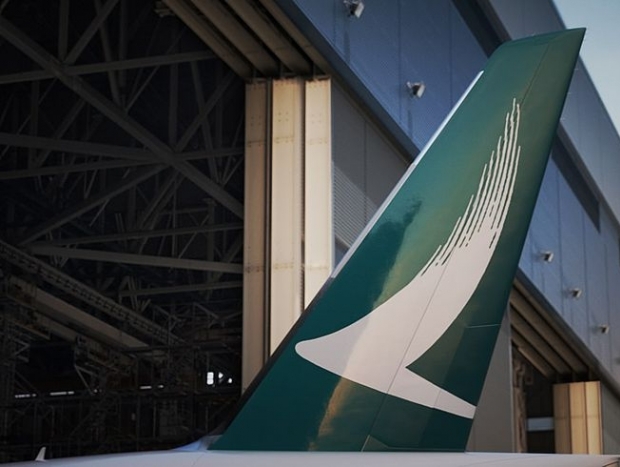
June cargo volume for Cathay Pacific increases by 5.8 percent y/y
July 19, 2018: Cathay Pacific and Cathay Dragon have transported 180,354 tonnes of cargo and mail last month, an increase of 5.8 percent compared to the same month last year, according to the traffic figures released by Cathay Pacific Group. Capacity, measured in available freight tonne kilometres (AFTKs), was up by 2.0 percent while cargo […]

July 19, 2018: Cathay Pacific and Cathay Dragon have transported 180,354 tonnes of cargo and mail last month, an increase of 5.8 percent compared to the same month last year, according to the traffic figures released by Cathay Pacific Group.
Capacity, measured in available freight tonne kilometres (AFTKs), was up by 2.0 percent while cargo and mail revenue freight tonne kilometres (RFTKs) increased by 5.5 percent. In the first six months of 2018, the tonnage rose by 7.5 percent against a 4.1 percent increase in capacity and a 7.3 percent increase in RFTKs.
Both the carriers have also seen surge in passenger business. Cathay Pacific and Cathay Dragon carried a total of 2,925,385 passengers last month – an increase of 4.1 percent compared to June 2017. The passenger load factor increased 0.2 percentage points to 85.3 percent, while capacity, measured in available seat kilometres (ASKs), increased by 3.8 percent. In the first six months of 2018, the number of passenger carried grew by 1.9 percent while capacity increased by 3.2 percent.
Ronald Lam, director Commercial and Cargo, Cathay Pacific said: “Frontend demand across our network remained strong during the period, while backend demand also picked up moderately thanks in part to the Dragon Boat Festival and 1 July holidays. Our European and United Kingdom routes performed relatively well. A small yield growth came on the back of improved business travel and traffic mix over last year. In terms of cargo, tonnage picked up towards end of the month. We observed a particular rise in demand on routes to Japan, owing to some capacity tightening in the market, while there was also increased uplift into the United States from Hong Kong and mainland China.”
“Looking ahead, we are closely monitoring geopolitical developments and their effect on tariff and currency movements, which have the potential to significantly impact both our passenger and cargo businesses.”

